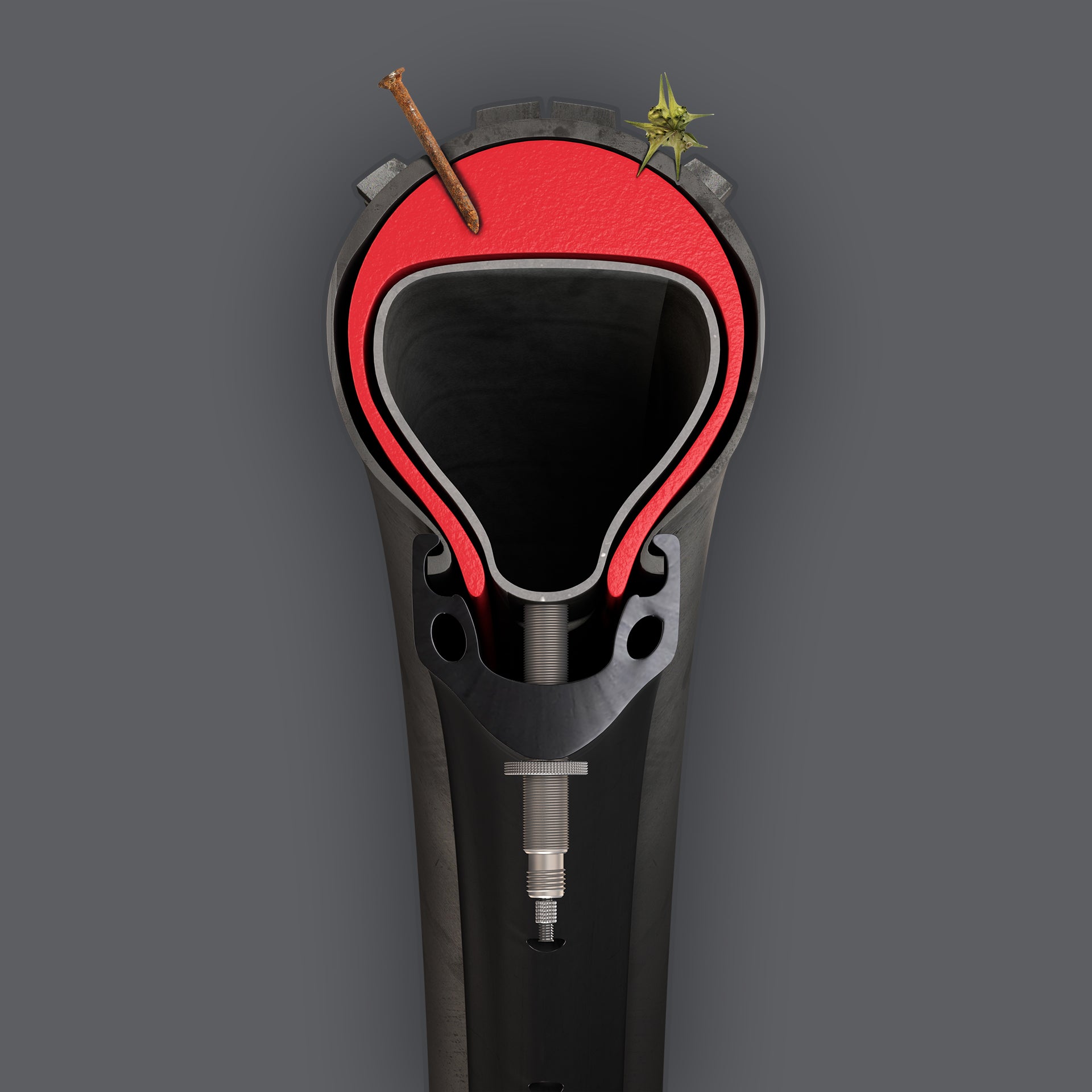Well, there really isn't any such thing as a puncture-proof tire. I'm sure the above-mentioned Marathons are good tires, but at best they may just lower your odds of having a flat. You might go years without one, but if you ride long enough, you will have a flat eventually. I hope this isn't you, but two or more flats in one outing is not unheard of. (Rare, but some people just have all the luck.)
Slime is wonderful. There is also Stans, and other brands. If you get a flat, most of the time you don't even know it. It's sealed and fixed before you even lose any air. You don't have to do anything. I use it and haven't had a flat since. I had one, on relatively new tires before the Slime. Even with a bad puncture with Slime, there's a chance you can add air to your tire and limp home. (Carry a pump or some CO2 and an inflator.)
Changing tube or patching a flat isn't hard, and is in my old-school opinion, just part of riding a bike, but if that's out of the question for you, carry your cell phone and don't cycle into a dead zone! Someone else on the forum just mentioned that they carry a Garmin InReach, which is a variant on a sat phone that lets you text for help from anywhere, regardless of cell coverage. Depending on where you ride, it might be worth looking into, not just for possible flats. It would be good in a car too when traveling.
TT






